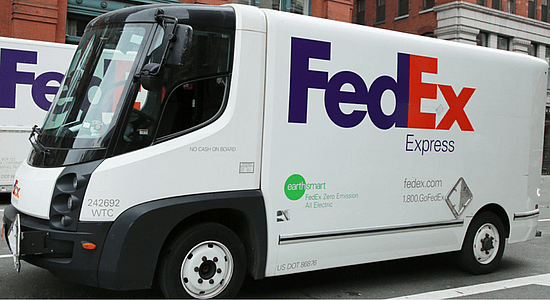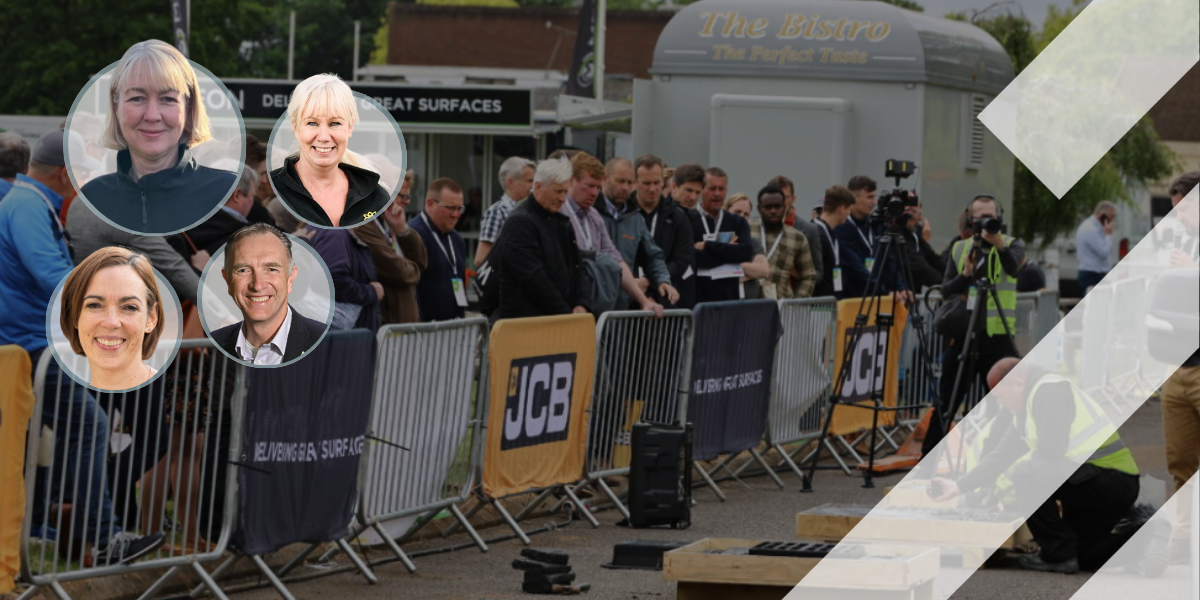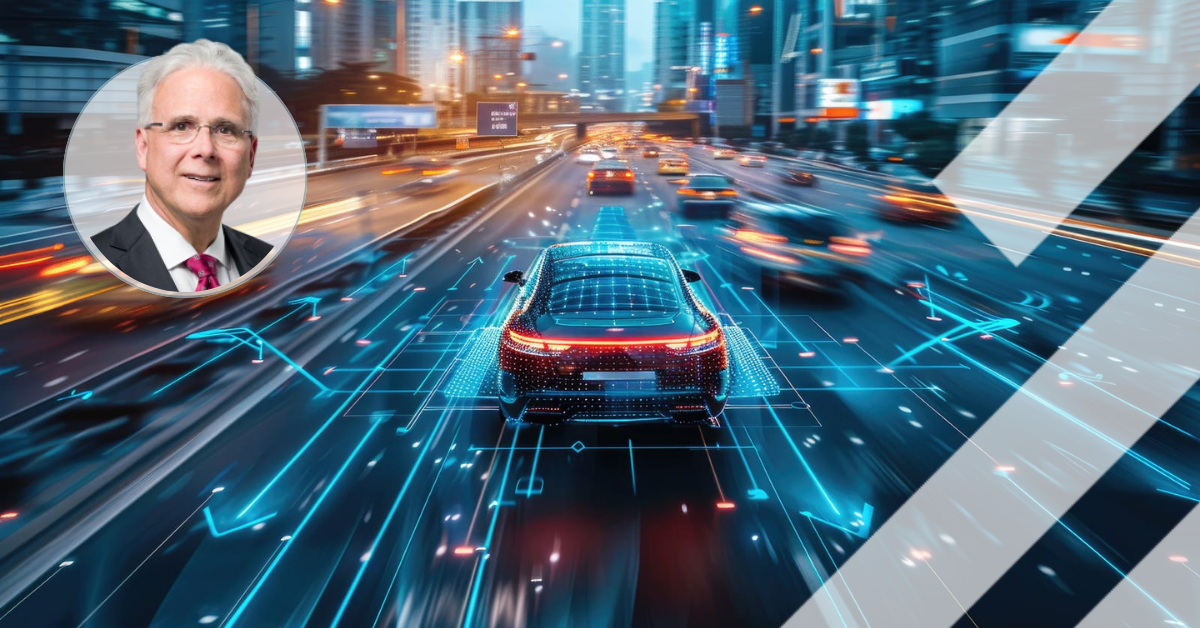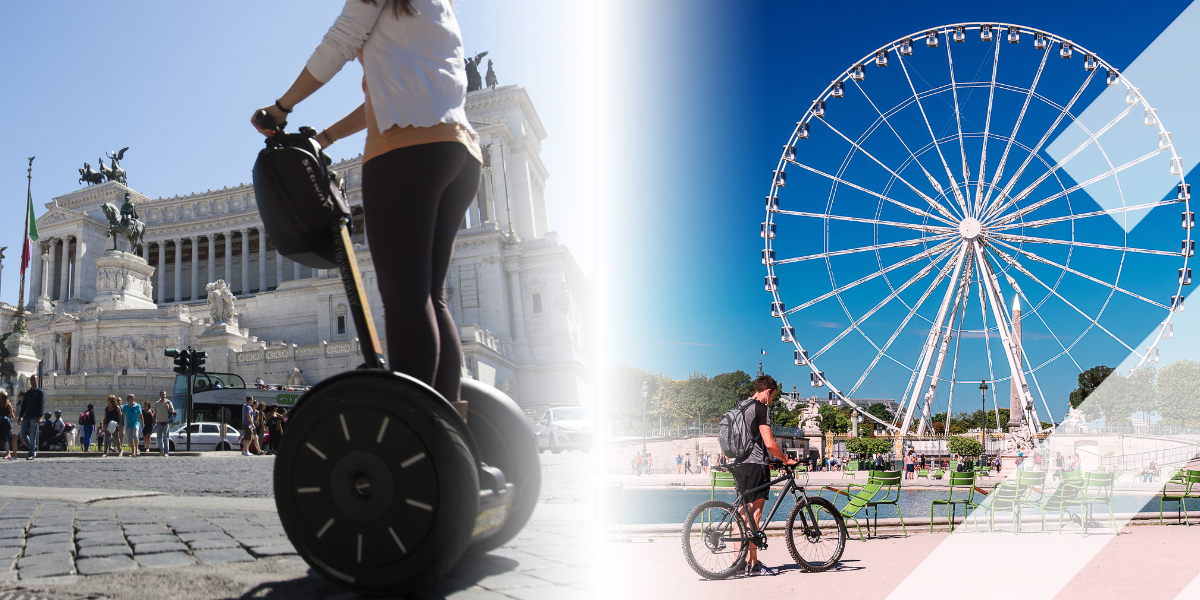Dr Yanying Li, Head of Programmes and Knowledge Management at ALICE, the Alliance for Logistics Innovation through Collaboration in Europe, tells Intertraffic about the impact Low Emissions Zones have on smart urban mobility goals.
A zero-emission zone is an area where only zero-emission vehicles, pedestrians, and cyclists are granted unrestricted access. In March 2020, the city of London launched a zero-emission zone pilot covering one 360-metre long street, aiming to improve air quality and encourage walking, cycling and use of zero-emission vehicles. Differing from the famous, world-first congestion charge scheme in London, the scheme applies to all types of vehicles, and operates 24 hours a day, 7 days a week. Since then another 35 cities from the C40 Cities Climate Leadership Group have announced their plans to implement zero-emission zones.
Considering that freight transport is one of the greatest contributions to greenhouse gas (GHG) emissions in the road transport sector, and the biggest air polluter by using diesel-powered vehicles, cities are attempting to achieve their climate ambitions, improve local air quality, and advance use of zero-emission vehicles for freight transport through implementation of zero-emission zones. The Dutch National Climate Agreement requires the logistics sector to significantly reduce CO2 emissions, for example. One of the recommended tools is the implementation of zero-emission zones for freight in the country’s 30-40 largest cities. Together with the plan of the implementation of zero-emission zones, the Netherlands has also developed nationally harmonized principles for zero-emission freight including phasing out existing fossil-fuel commercial vehicles and replacing them with zero-emission vans and trucks. The government offers tax incentives and subsidies between 2021 and 2025 to help the logistics sector’s transition to zero-emission vehicles.
Together with the plan of the implementation of zero-emission zones, the Netherlands has also developed nationally harmonized principles for zero-emission freight including phasing out existing fossil-fuel commercial vehicles and replacing them with zero-emission vans and trucks
Loading component...
Loading component...
Loading component...
However, small business has more flexibility than big players who would need a minimum of 2 years to make any changes in their operation, and they also cannot develop a specific solution for just one city. Big players therefore call for a more harmonised approach to implementing zero-emission zones, if not at EU level, at least at national or regional level, even though implementation of zero-emission zone is under local authorities’ hands.






